Learn these three tactics to free your presentation style and improve your public speaking.
The path to becoming a great speaker is often achieved by learning from past lessons and experiences. At my first speaking gig, I was a barrel of nervous energy; I found myself falling into some classic ‘don’t do’ presentation habits. I will share some of those lessons with you today to help free your presentation style. I’ll point out some tips I’ve learnt from some confident and engaging speakers.
I’d suggest watching some popular talks on TED; it’s a great place to pick up techniques on different presentation styles.
1. Get Out From Behind the Lectern
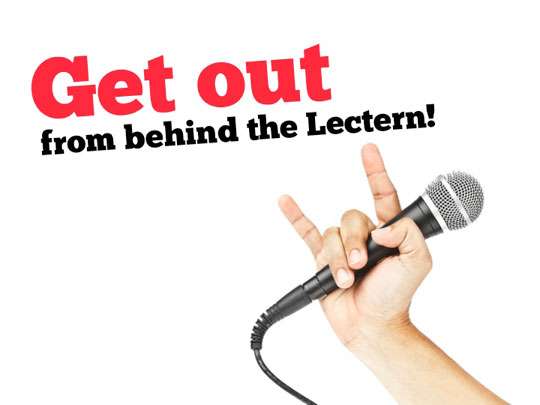
It helps if the audience can see you. Many presenters tend to be overly reliant on their notes or need to see their presentation slides in front of them in case they forget what they will say.
The problem is your audience is not engaging with you. Instead, they are solely focused on looking at just your slides.
It’s easy to see how many presenters can quickly lose their audience’s attention with this method, especially if their slides suck!
The sight of the presenter hiding behind their laptop, lectern, stand, or pulpit doesn’t exude confidence (it’s ok for priests and vicars to do this because they don’t have any presentation slides; therefore, your eyes are solely on them).
By taking that bold step forward away from the laptop (this is made possible with the addition of a presentation remote control to operate the slides), you can engage with your audience, making eye contact with the people who are receptive to your ideas and content.
*Note: It can be scary to look directly at your audience but don’t let this put you off.
Presenting behind your laptop will have you talking directly at the screen, making it harder for people to hear you.
By being bold and standing where your audience can see you, you’ll find yourself projecting your voice better so that people (even in the cheap seats) can hear you.
It will also help you to present more naturally rather than reeling off a script.
2. Do Not Try Breaking the Ice with an Early Joke
The first five minutes of any presentation are the most nerve-racking; you’re trying to get into your groove, find your centre or do everything in your power to make that good first impression.
I’ve made this mistake once and wouldn’t try it again in a hurry. How would you like to make those first moments of your presentation very uncomfortable for yourself?
Tell a joke that doesn’t get a single laugh.
Can you picture the tumbleweed rolling across the stage? A pin drop would break the silence.
Some of my friends tell me I’m quirky and sometimes a funny guy, but on that occasion, I was trying far too hard to get some quick laughs to calm my nerves, and it didn’t go to plan.
If you’re going to inject some humour into your presentations, I suggest doing some of the following:
- Pick some funny pictures or visuals that complement your topic
- Show a humorous short video
- Use a funny quote
- Play a funny sound
Don’t try playing the stand-up comic, as it will only backfire. Use ready-made humour to complement your talk.
3. Ask For a Show of Hands
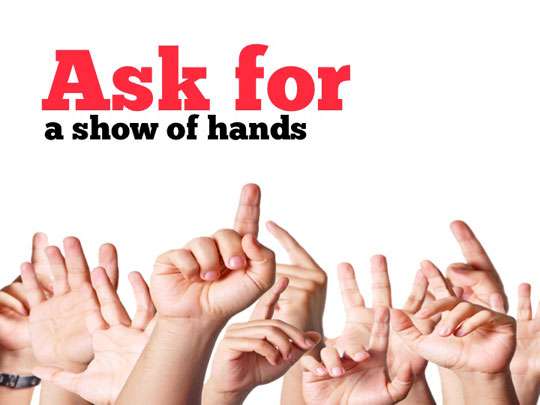
I have an ego like everyone else, and it is easy to let your talk become all about you. I like to take the focus away from myself by engaging with the audience and getting them involved with the topic.
An excellent way to do this is to ask for a show of hands. Essentially, you are asking the audience to participate in a survey
The following example questions might help:
- Show of hands – how many of you have had the same problem today?
- Show of hands – how many of you agree with this statement?
- Show of hands – how many of you have been to this place?
Of course, this wouldn’t work for every presentation or talk, so you can try asking closed questions instead.
Here are some more examples using closed questions and remember to use the words ‘show of hands’ before the question;
- Would you implement this idea now I’ve shown it?
- Did you agree with this conclusion?
- Did I make you want to take action on this problem?
Don’t ever ask open-ended questions to your audience during your presentation, such as. “what is your favourite memory from childhood?”
You’ll find yourself getting interrupted by your audience members with long answers. Leave all Q&A to the end. Otherwise, you’ll get side-tracked and run out of time for your presentation.
So there you have it. I hope you find these simple techniques helpful, and hopefully, you can try them out in your next presentation, keynote or talk.

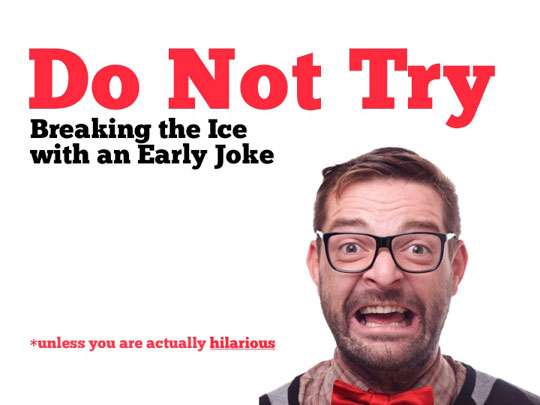
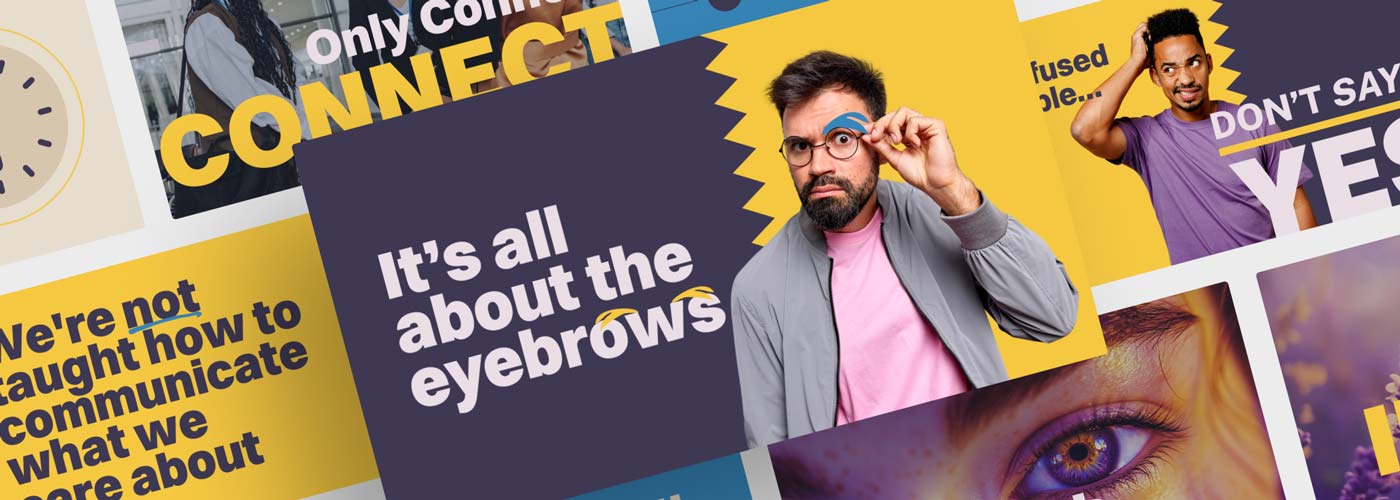
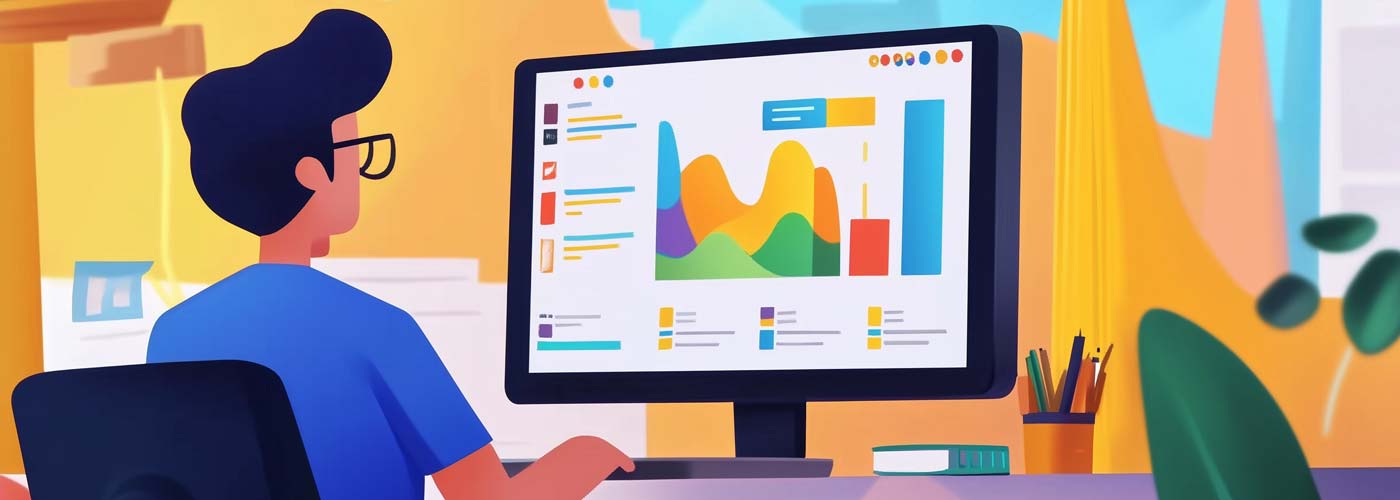
1 thought on “3 Tactics to Free Your Presentation Style”
This is very impressive. I will apply the techniques.